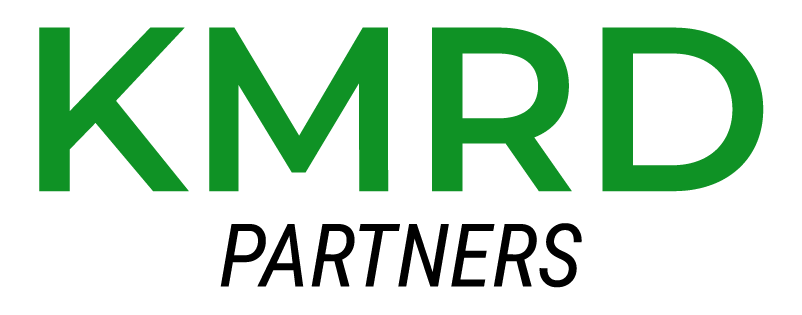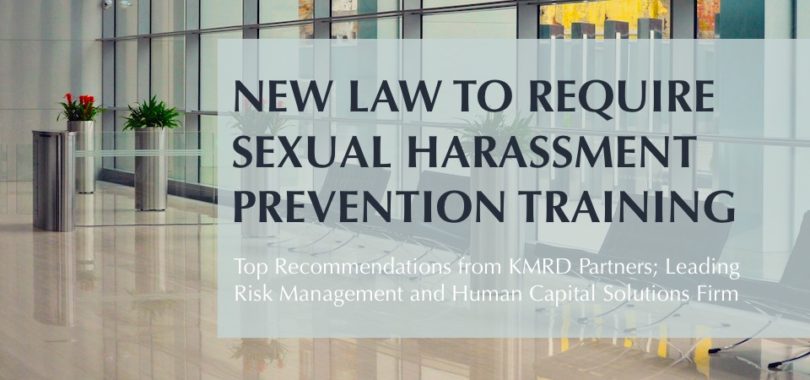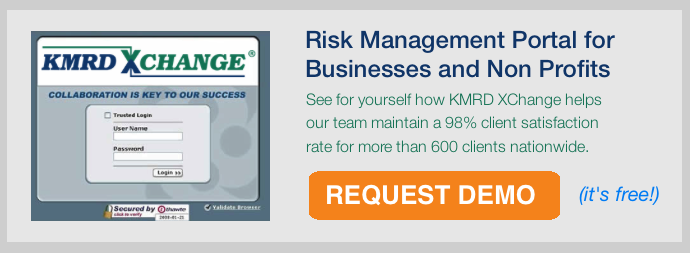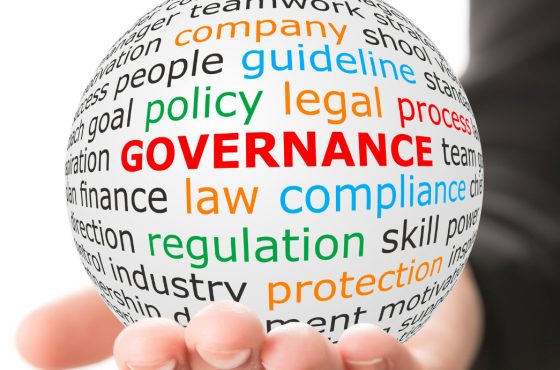New Delaware Law to Require Sexual Harassment Prevention Training Program; What You Need to Know to Secure Your Business
By John E. Garber, Jr., SPHR, SHRM-SCP
The State of Delaware joins a list of states mandating sexual harassment prevention training; KMRD recommends all Delaware employers provide interactive training as part of a comprehensive employment practices risk management program.
On August 29th, it was announced that the State of Delaware has joined a growing list of states to enact a new law addressing sexual harassment in the workplace. Delaware Governor, John Carney, signed into law H.B. 360, which expands discrimination protections based on sex. The law applies to Delaware employers with four (4) or more employees at the time of the alleged violation. It is also important to note that the definition of an “Employee” also includes state employees, unpaid interns, applicants, joint employees and apprentices. The law takes effect on January 1, 2019 and requires sexual harassment prevention training for current employees to be given within one year of the effective date but no later than December 31, 2019. The Delaware Department of Labor will be developing an information sheet to be distributed to all employees.
Would you like to learn more about our Solutions for Employers? Visit our Human Capital Practice →
Under the new law, sexual harassment is an unlawful employment practice when the employee is subjected to conduct that includes unwelcome sexual advances, request for sexual favors, verbal or physical conduct of a sexual nature, or retribution on the basis of rejection of such advances and request where:
- Such conduct unreasonably interferes with an individual’s work performance or the endurance of such conduct becomes a condition of continued employment; or
- Such conduct creates an intimidating, hostile, or offensive work environment; and
- Negative employment action is taken against an employee in retaliation for the employee filing a discrimination charge, participating in an investigation of sexual harassment, or testifying in any proceeding or lawsuit about the sexual harassment of an employee.
Delaware employers are responsible for sexual harassment of an employee when a supervisor’s sexual harassment results in a negative employment action of an employee and the employer knew or should have known of the non-supervisory employee’s sexual harassment of an employee and failed to take appropriate corrective measures. While the new law’s interactive training requirements do not apply to employers with fewer than 50 employees, we recommend that all Delaware employers provide interactive training as part of a comprehensive employment practices risk management program.
Let KMRD review your policies and procedures related to sexual harassment and misconduct. Contact KMRD →
New Law Requires 90 Minutes of Training and Five Components
Ninety (90) minutes of interactive training and education must be provided to employees regarding sexual harassment prevention. The training must be provided within one (1) year of being employed and every two (2) years thereafter. For existing employees, the training must be provided within one (1) year of the effective date of the Act and thereafter every two (2) years. For employees, the training must include:
- A review of the illegality of sexual harassment;
- The definition of sexual harassment using examples;
- The legal remedies and complaint process available to the employee;
- Directions on how to contact the Department; and
- The legal prohibition against retaliation.
Supervisor training must be provided within one (1) year of the effective date of the Act or for new hires, within one (1) year of employment. Ongoing training for supervisors must be provided every two (2) years. In addition to the employee training requirements, Supervisor training must include the specific responsibilities of a supervisor regarding the prevention and correction of sexual harassment and the legal prohibition against retaliation. The law defines a supervisor as an individual that is empowered by the employer to take an action to change the employment status of an employee.
Why Sexual Harassment Prevention is an Effective Risk Management Tool
Developing and implementing formal harassment prevention policies, procedures and controls is an important element of your organization’s risk management program. Complying with laws directed at preventing sexual harassment in the workplace is merely meeting a minimum expectation set by state legislatures. Even if an employer could demonstrate compliance with a regulatory framework, it does not mean the organization would be immune from litigation for sexual harassment. For example, an employer could be held liable for negligent hiring and/or negligent retention.
Regardless of state jurisdiction, all employers should take time to evaluate their sexual harassment prevention programs and develop an effective approach for harassment prevention, reporting complaints, incident investigation and training for all employees as well as for managers and supervisors. Employers are being held responsible under state laws for acts of sexual harassment between their employees when the employer knew or should have known of the conduct and failed to take appropriate action. Without a formal approach to prevention, reporting, complaint investigation and training, an employer would likely lose the ability to assert an affirmative defense to certain claims.
Let KMRD develop a sexual harassment prevention training program for you that actually works. Contact KMRD →
In the Winter 2017 and Spring 2018, we published a two-part series on the subject of Sexual Harassment and Workplace Misconduct. Part I addressed the Intersection of Human Resources, Legal Compliance and Risk Management. Part II focused on Developing and Implementing an Effective Approach to establishing procedures for controlling risk. With the announcement of yet another state mandating sexual harassment prevention and training it is important to take time to evaluate your organization’s progress over the past year for implementing a formalized approach toward prevention and establishing procedures for handling complaints. We recommend reviewing Part I and Part II of our series on Sexual Harassment and Workplace Misconduct and updating your policies. Your organization’s approach should include:
- A code of conduct policy outlining principles of appropriate workplace behavior;
- A culture of zero-tolerance;
- Easy to understand definition of sexual harassment and inappropriate workplace conduct;
- Examples of prohibited conduct;
- Specific reporting procedures for policy violations;
- Investigation and resolution process;
- Prohibition on retaliation;
- Reasonable measures for managing confidentiality;
- Documentation; and
- Formalized training for all employees with specialized training directed at managers and supervisors
Reason to Take Action Now; To Lower Your Business Risks and Costs Associated with Sexual Harassment
In addition to regulatory action against an employer in a state with specific compliance requirements, all employers are at risk for employment practice claims. Depending on facts and circumstances, these claims can be quite damaging. For example, employment practices claims against employers can take between 18 – 24 months to resolve. Should a case go to trial legal fees can range between $150,000 and $200,000. Out of court settlements could be approximately $50,000 in legal fees and settlement costs. While an insurance policy can be one of the most expensive methods of transferring risk, it is a necessary layer of protection in the event of a claim against your organization. A holistic approach to managing risk associated with sexual harassment claims would also include a formalized benchmarking analysis of your liability insurance program with emphasis on the Employment Practices Liability (EPL) and Directors and Officers (D&O) policies. These policies should be evaluated to determine how they will respond to a claim and how the coverage would apply. When was the last time you had a risk management program benchmarking analysis completed?
Another Reason to Take Action Now; Protect Your Employees and Improve Your Status as a Trusted Employer of Choice
Organizations should not wait for legislative action as a motivation for sexual harassment prevention in the workplace or for taking time to review the organization’s risk management program. Being proactive is a good business practice and the right thing to do to protect your talent.
Contact us below to discuss this topic with our Human Capital Practice Leader or to have KMRD review sexual harassment policies and procedures for your business.

John Garber is Managing Director and Practice Leader at KMRD Partners, Inc., an award winning risk management and human capital solutions firm.
Contact UsHuman Capital Solutions About KMRD
Note: This content is provided as general background information and should not be taken as legal advice or financial advice for your particular situation. Make sure to get individual advice on your case from a KMRD risk professional before taking any action.






